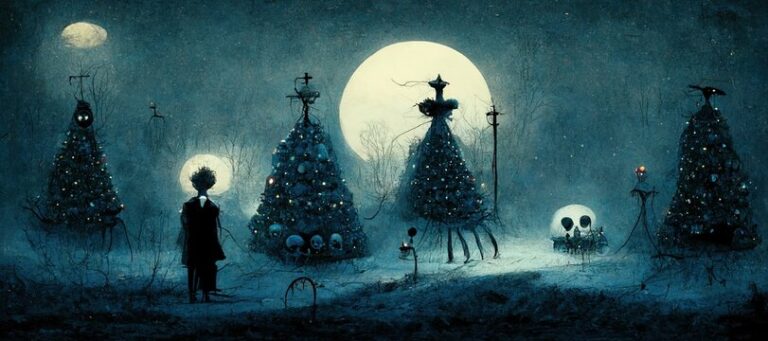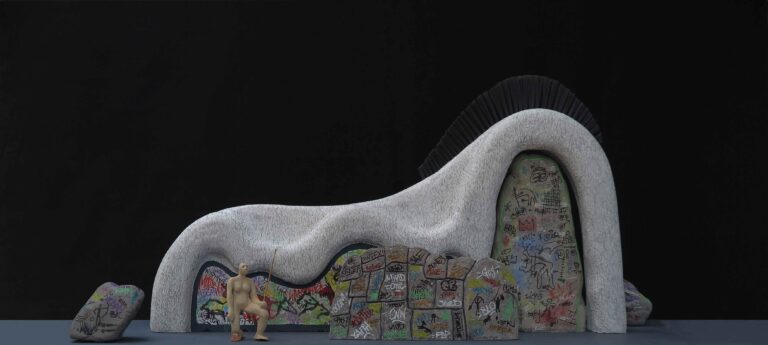– Aphrodite (id., da Witchblade #119 del luglio 2008);
– Uscita fra ragazze (Girls Night Out, da Witchblade #120 dell’agosto 2008);
– Crown Heights #1 (id., da WItchblade #121 del settembre 2008);
– Crown Heights #2 (id., da Witchblade #122 dell’ottobre 2008);
– Crown Heights #3 (id., da Witchblade #123 del novembre 2008);
– Crown Heights – conclusione (id., da Witchblade #124 del dicembre 2008).
Sarà anche il titolo dell’albo, sarà anche in copertina, sarà anche stato il cliff-hanger dell’ultimo albo, ma la super-gnocca killer Aphrodite IV è veramente un personaggio inutile. A parte essere una super-gnocca, ovviamente. Tutto ciò che fa in questo albo è tentare di uccidere Sara in un singolo episodio e superare il test restando in vita, per poi ritornarsene nella sua camera d’incubazione. Se volete quindi comprare questo albo per la cyber dai capelli verdi straordinariamente somigliante a Polaris, quindi, lasciate perdere. A meno che non vi accontentiate veramente di poco.
Il pezzo forte del volume, invece, è Crown Heights, che avrebbe meritato titolo e copertina ed è il vero cuore del volume. Cos’è Crown Heights? Facile: Crown Heights è un quartiere di Brooklyn noto per essere un quartiere multirazziale la cui porzione significativa della popolazione è suddivisa tra afroamericani ed ebrei ortodossi (chassidici, per la precisione). In questo quartiere dalle forti tensioni razziali, Sara e Gleason si trovano ad indagare sull’efferato delitto del rabbino, trovato maciullato da quello che sembra essere un osso di cavallo. Tra riti voo doo, mambo collaborazioniste, goffi tentativi di golem, Sara porta avanti la sua indagine e finalmente manda al diavolo quell’essere inutile di Danielle. Peccato che l’albo non si concluda e sia necessario aspettare il prossimo per vedere chi si cela dietro agli oscuri rituali di Crown Heights e perché.
Incidentalmente la loa Marinette Bwa Chech, Marinette Braccia Secche, è un personaggio “reale” del pantheon voo doo, rappresentata da una civetta e protettrice del lupi mannari, ed è effettivamente considerata la mambo che sacrificando un maiale nero diede origine nel 1791 alla rivolta nell’allora colonia francese di Saint Domingue, rivolta che terminò nel 1804 con l’abolizione della schiavitù e la fondazione della repubblica di Haiti. Un personaggio omonimo è apparsa, come regina, in Ghost Rider #31 e #32 (che ritengo ancora inediti in Italia): informazioni e scheda del personaggio qui .





1 Comment
Pingback:Shelidon › Artifacts – Atto I e II
Posted at 18:36h, 11 February[…] puttanate assortite, come il misterioso mandante della cyborg Aphrodite IV, già vista nell’omonimo volumetto di […]